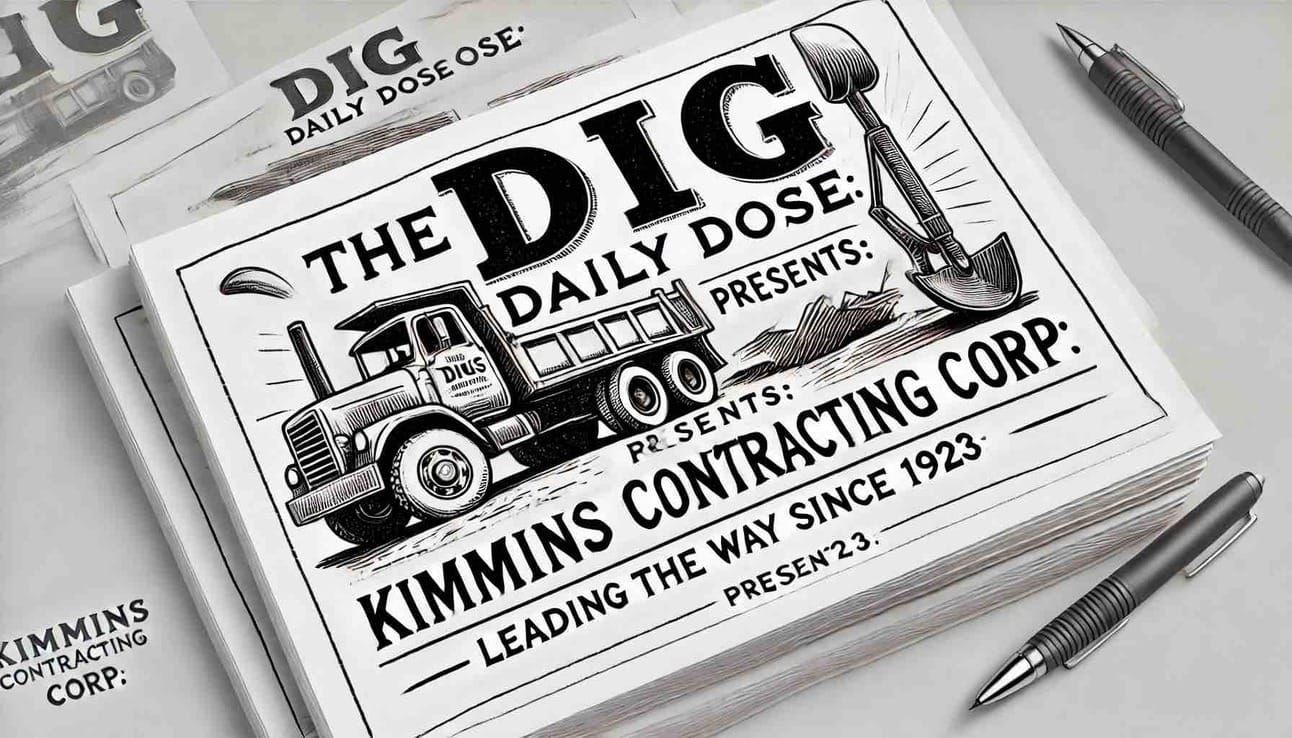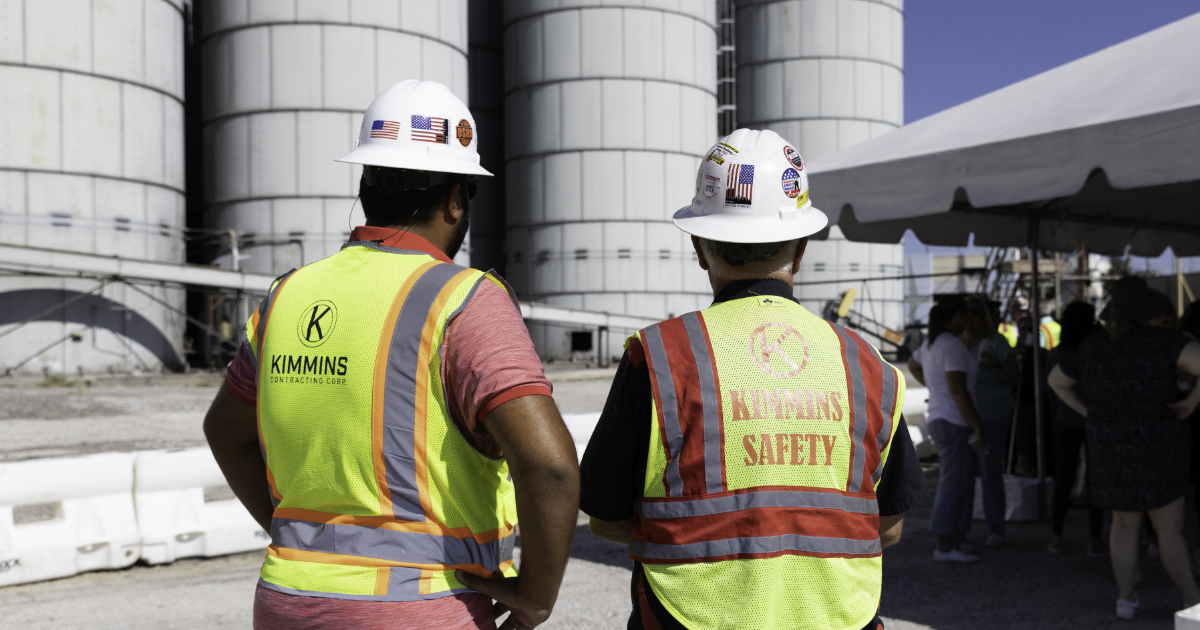You manage things; you lead people.
—Rear Admiral Grace Murray Hopper
THE ART OF LEADERSHIP
You Manage Things; You Lead People: A Leadership Insight from Rear Admiral Grace Murray Hopper
Rear Admiral Grace Murray Hopper, a pioneering computer scientist and U.S. Navy officer, famously stated, "You manage things; you lead people." This profound distinction underscores a key principle of effective leadership that remains relevant in today's dynamic organizational landscapes.
Managing Things: The Operational Backbone
Management involves overseeing resources, processes, and tasks. It's about ensuring that day-to-day operations run smoothly, deadlines are met, and goals are achieved. Managers focus on controlling and optimizing systems, often dealing with tangible elements like budgets, schedules, and technology. Effective management is essential for organizational stability and efficiency.
Leading People: Inspiring and Guiding Teams
Leadership, in contrast, is about influencing, motivating, and guiding people. Leaders inspire trust, foster collaboration, and cultivate a shared vision. They understand that people are not mere resources but individuals with unique strengths, aspirations, and potential. Effective leadership involves empathy, communication, and the ability to navigate complex interpersonal dynamics.
The Interplay of Leadership and Management
While management and leadership are distinct, they are also complementary. A successful organization requires both: strong management to ensure operational success and visionary leadership to inspire growth and innovation. Leaders who excel in both areas are well-equipped to navigate the challenges of today's fast-paced and ever-changing business environment.
Looking Ahead: Cultivating Leadership in Management Roles
As organizations continue to evolve, the line between management and leadership is increasingly blurred. Future leaders must develop skills in both areas, recognizing that managing things effectively is crucial, but leading people is what drives real progress. The legacy of Grace Hopper's wisdom reminds us that true leadership is about more than just managing tasks—it's about inspiring and empowering people to achieve their best.
COMMERCIAL CONSTRUCTION
Kimmins Contracting Corp.: A Legacy of Excellence in Construction
Since its establishment in 1923, Kimmins Contracting Corp. has been at the forefront of the construction industry, setting standards for quality and reliability. For over a century, this Tampa-based company has earned a reputation for its commitment to excellence in a wide range of construction services, from demolition and site development to utility infrastructure and environmental remediation.
Founded by William Kimmins, the company began as a small construction firm in the heart of Tampa, Florida. Over the decades, it has evolved into a powerhouse in the construction industry. The company’s success is rooted in its unwavering dedication to safety, innovation, and customer satisfaction, values that have guided it through nearly a century of growth and transformation.
One of the key factors behind Kimmins’ enduring success is its ability to adapt to the changing demands of the construction industry. The company has continually invested in state-of-the-art technology and training for its workforce, ensuring that it remains at the cutting edge of construction practices. This forward-thinking approach has enabled Kimmins to take on increasingly complex projects, ranging from large-scale industrial developments to critical infrastructure improvements.
In addition to its technical expertise, Kimmins Contracting Corp. is known for its strong commitment to the communities it serves. The company has been involved in numerous charitable initiatives, supporting local organizations and contributing to the development of public spaces. This community-focused approach has strengthened Kimmins’ relationships with both clients and residents, fostering a sense of trust and collaboration.
Looking ahead, Kimmins Contracting Corp. is poised for continued growth and success. The company is currently exploring new opportunities in emerging markets, including renewable energy and sustainable construction. By leveraging its extensive experience and innovative capabilities, Kimmins aims to lead the way in these sectors, just as it has done in traditional construction.
With over a century in the business, Kimmins Contracting Corp. remains a leader in the construction industry, a testament to its enduring legacy of quality, integrity, and service. With a solid foundation built on a century of experience and a forward-looking strategy, Kimmins is well-positioned to continue shaping the future of construction for generations to come.
For more information about Kimmins Contracting Corp. and its ongoing projects, please visit their official website.
How has Kimmins Contracting Corp. maintained its leadership in construction for over a century? Discover their secrets!
#ConstructionExcellence #LegacyOfQuality #Innovation— #The Dig Daily Dose (#@TheDigDailyDose)
9:22 AM • Aug 16, 2024
INFRASTRUCTURE INDUSTRY
Growing Industry Sectors Face Unique Construction Challenges Amid Stabilizing Costs
In the wake of stabilizing construction costs and shrinking lead times, key industries such as advanced manufacturing, data centers, healthcare, and life sciences are navigating unique challenges that continue to shape their construction projects. According to JLL's 2024 U.S. Midyear Construction Update, while many markets in the U.S. and Canada report positive trends, these sectors face specific hurdles due to their specialized facility requirements.
The advanced manufacturing sector, spurred by federal incentives and the push for near-shoring, is seeing a surge in construction activity. However, this boom comes with increased competition for labor and materials, especially in secondary markets like Phoenix and Austin. The demand for sustainable building materials and energy solutions also adds complexity, as companies seek to reduce carbon footprints while meeting high energy demands.
In the data center industry, advancements in AI and cloud computing have intensified the need for new facilities. Yet, this sector grapples with a global shortage of specialized labor and long lead times for critical power equipment, which could delay project timelines. The pressure is particularly high in established markets like Northern Virginia, where site selection must balance energy and water needs with grid connection challenges.
Healthcare and life sciences also face labor shortages, particularly in states like Texas, where construction companies lure talent away from other projects. The rise of AI in life sciences further complicates construction planning, requiring adaptable facilities that can accommodate future technological advancements.
Looking ahead, these sectors must strategically navigate local market nuances, labor availability, and evolving design demands to deliver successful projects. The construction outlook remains positive, but the path forward will require careful planning and collaboration with industry experts.
How will advanced manufacturing and data centers overcome labor and material shortages to meet growing demands?
#ConstructionChallenges #AdvancedManufacturing #DataCenters— #The Dig Daily Dose (#@TheDigDailyDose)
9:19 AM • Aug 16, 2024
RESIDENTIAL RESEARCH
Manufacturing Reaches New Heights in Central Florida
Central Florida's manufacturing sector has reached unprecedented levels, marking a significant milestone for the region's economic landscape. Recent reports indicate that manufacturing activity has soared, establishing a new plateau that could reshape the future of the industry in the area.
This surge is attributed to a combination of factors, including increased investment in advanced manufacturing technologies, a skilled workforce, and a favorable business environment. Key players in the region have been pivotal in driving this growth, with several companies expanding operations and introducing innovative practices that boost productivity and efficiency.
The sector's expansion comes as part of a broader trend of economic diversification in Central Florida. Historically known for its tourism and hospitality industries, the region has been strategically investing in manufacturing to create a more balanced and resilient economy. This shift is also supported by local government initiatives aimed at attracting high-tech industries and fostering a climate conducive to manufacturing excellence.
However, this growth is not without challenges. Industry leaders have pointed out concerns over the availability of skilled labor, rising costs, and supply chain disruptions that could impact the sector's sustainability. Despite these hurdles, the outlook remains optimistic, with plans underway to address these issues through targeted training programs, infrastructure improvements, and partnerships between public and private entities.
Looking ahead, Central Florida's manufacturing sector is poised to continue its upward trajectory. With ongoing investments and strategic planning, the region could solidify its position as a manufacturing hub, contributing significantly to both the state and national economies. The next few years will be critical as stakeholders work to capitalize on this momentum and navigate the challenges that come with rapid growth.
Can Central Florida sustain its manufacturing boom amid challenges in skilled labor and supply chains?
#ManufacturingGrowth #CentralFlorida #EconomicDiversification— #The Dig Daily Dose (#@TheDigDailyDose)
9:15 AM • Aug 16, 2024
TOOLBOX TALK
Ergonomics on Construction Sites
Introduction
Good morning, Team! Today, we're focusing on an often-overlooked safety topic: ergonomics on construction sites. Poor ergonomics can lead to musculoskeletal disorders (MSDs), including strains, sprains, and long-term injuries. Understanding how to work ergonomically can prevent these issues and keep us healthy.
Understanding the Risks
Construction work often involves repetitive motions, heavy lifting, awkward postures, and prolonged standing. These factors can contribute to injuries over time, affecting our ability to work and our overall quality of life. Recognizing ergonomic risks is the first step in preventing them.
Strategies for Ergonomic Safety
Proper Lifting Techniques: Always lift with your legs, not your back. Keep the load close to your body, and avoid twisting while lifting.
Use of Mechanical Aids: Whenever possible, use tools like dollies, hoists, or forklifts to move heavy materials instead of lifting manually.
Workstation Setup: Adjust your tools and workspace to maintain a neutral posture. Avoid working in positions that require extended reaching or bending.
Task Rotation: Rotate tasks among workers to minimize repetitive motions and reduce strain on specific muscle groups.
Stretching and Flexibility: Incorporate stretching exercises into your daily routine to maintain flexibility and reduce the risk of muscle injuries.
Breaks and Rest: Take regular breaks to rest and recover, especially when performing repetitive or physically demanding tasks.
Discussion Questions
Have you experienced or noticed any discomfort or pain related to your work tasks? How can we address these issues?
What challenges do you face in maintaining ergonomic safety, and how can we overcome them?
What additional steps can we take to improve ergonomic practices on our site?
Conclusion
Ergonomics is crucial to preventing long-term injuries and maintaining our health on construction sites. By using proper lifting techniques, utilizing mechanical aids, setting up workstations correctly, rotating tasks, stretching regularly, and taking breaks, we can reduce the risk of musculoskeletal disorders.
Let's commit to prioritizing ergonomic safety and supporting each other in adopting these practices. Together, we can ensure a healthier and safer work environment for everyone.






